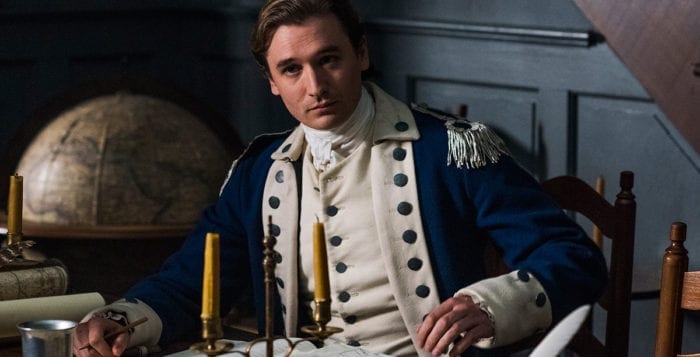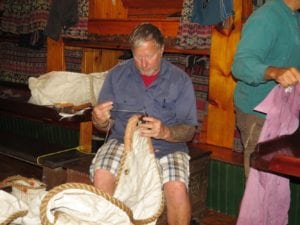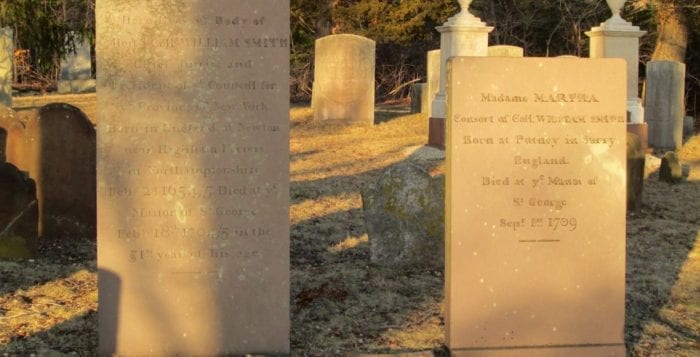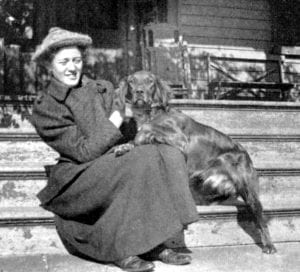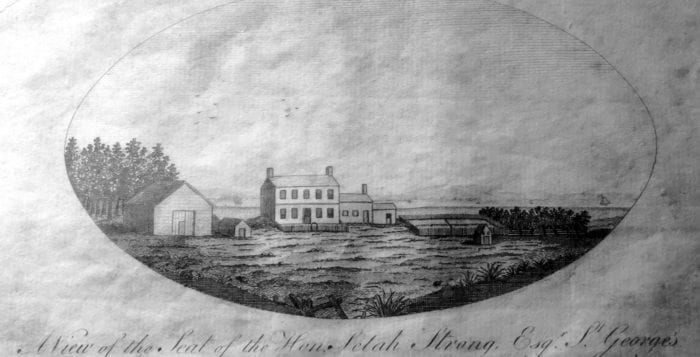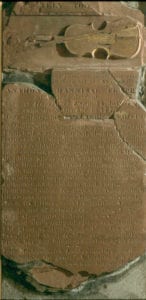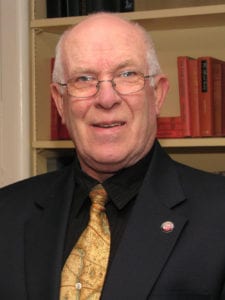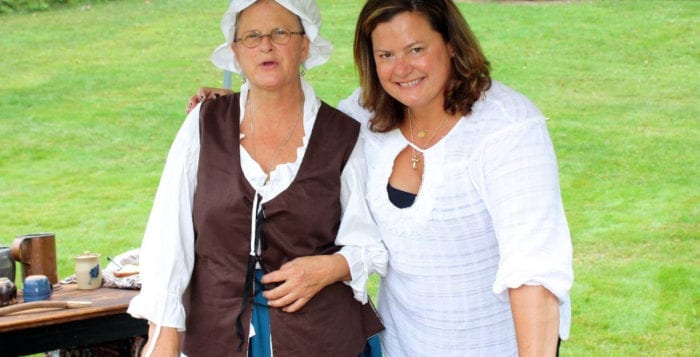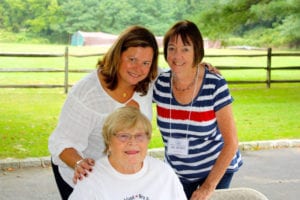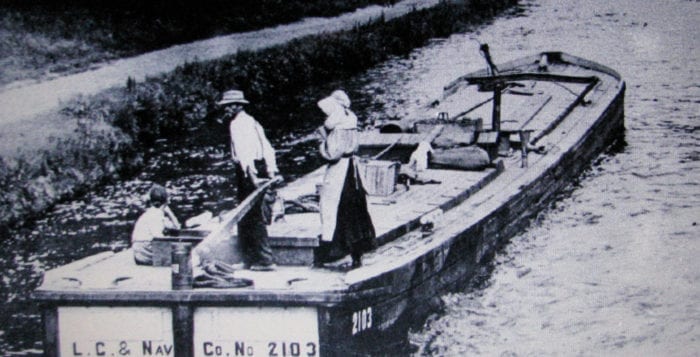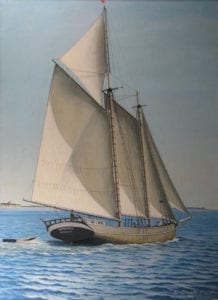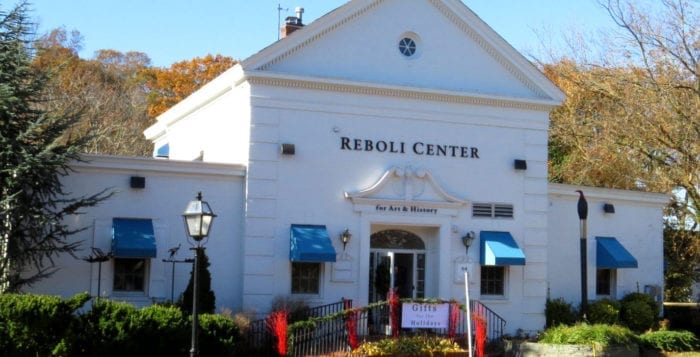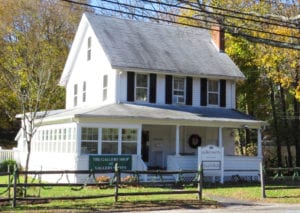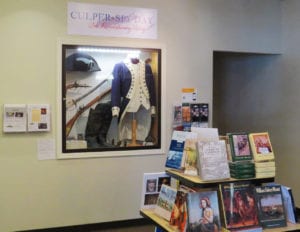UPDATE:
I-Spy TURN Auction & Spy Themed Event for May 19 has been canceled
By Michael Tessler
The Three Villages is home to a remarkable Revolutionary history that for over a century remained elusive to the American people … all except in Setauket where local lore and legend preserved a tale of spies, lies, petticoats and the exceptional bravery of everyday citizens who risked everything to liberate their homes and loved ones from tyranny.
General George Washington established the Culper Spy Ring in 1778 by recruiting Benjamin Tallmadge, a would-be lieutenant colonel and future congressman who called the quaint village of Setauket home. He recruited friends and schoolmates to establish a secret network, eluding the mighty British Empire that had been occupying Long Island since August 1776. Their efforts turned the tides of war in favor of the Continental Army and forever altered the course of history.
It wasn’t until 1939, when amateur historian Morton Pennypacker began to decipher secret aliases and uncover the true identities of the Culper spies. In 2014, the legend of the Culper Spy Ring finally entered the public zeitgeist with the premiere of AMC’s television drama series “TURN: Washington’s Spies,” a historical fiction piece that chronicled the Culper Spy Ring.
“If it weren’t for Setauket, we would have lost the war,” declared Three Village Historical Society President Steve Healy. “If Washington had been caught, he would have been hanged. They stopped that, they saved the [American] Revolution.” And just as the Culper spies saved the fledgling United States, the Three Village Historical Society has made it its mission to keep the Culper Spy Ring and the local history of this community alive.
When “TURN” ended last August, the Three Village Historical Society reached out to the show and received a very special donation: props, costumes and other memorabilia actually featured on the show during the series’ four-season run. On Saturday, May 19, the public will have the opportunity to own these pieces of history during a silent auction fundraiser on the society’s front lawn starting at noon. Bidding closes at 4:15 p.m.
According to TVHS board members Cathy White and Janet McCauley, the most sought after item of the day will be a dragoon (18th century cavalry) coat worn by the actor who played Benjamin Tallmadge, Seth Numrich. “It’ll be fun to see where it ends up,” said McCauley. “Either way, it is a wonderful tool to educate our community about the area that they live in.”
Other items in the auction include a reproduction of a 1730 Dublin Castle Long Land (1st Model) Brown Bess musket; autographed sheet music; a portrait of King George II, c. 1730, reproduction on canvas; as well as maps, letters and artifacts such as an astrolab, horn bowls, British army drumsticks, pewter pitchers, posters, an uncut sheet of Continental currency and more.
In addition to the silent auction, there is a flurry of activities scheduled throughout the day. From noon to 4 p.m. community educator Donna Smith, portraying Anna Smith Strong, will hold invisible ink demonstrations while noted children’s author Selene Castrovilla will be selling and signing copies of her books. Visitors will also have the opportunity to meet Benjamin Tallmadge, portrayed by TVHS past president and trustee Art Billadello. The historical society’s two exhibits, SPIES: How a Group of Long Island Patriots Helped George Washington Win the Revolution and Chicken Hill: A Community Lost to Time, and gift shop will be open as well.
At noon, historian Margo Arceri will lead a Tri-Spy Walking Tour, which starts at the post office next to Frank Melville Memorial Park, 101 Main St. in Setauket. Historian Beverly C. Tyler will give a Walk Through History with Farmer and Spy, Abraham Woodhull, guided tour at 2 p.m. starting at the front parking lot of the Caroline Church of Brookhaven, 1 Dyke Road, Setauket.
From 3 to 5 p.m., “Wine and cheese will be served while we have Colonial music performed by Natalie Kress and Kevin Devine of the Three Village Chamber Players,” said Sandy White, TVHS office manager, adding, “We want to create a dialogue about our community’s history. ‘TURN’ helped start that conversation. We’d like to continue it.”
The Three Village Historical Society, 93 North Country Road, Setauket will host an I-Spy “Turn” Auction fundraiser on May 19 from noon to 5 p.m. (rain date May 20). Tickets, which are $25 adults, $5 for children age 14 and younger, cover participation in all of the day’s events, including both walking tours. To order, please visit www.TVHS.org or call 631-751-3730.

